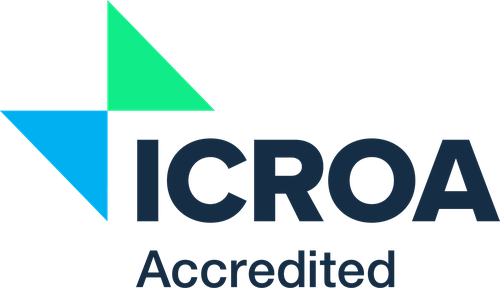The need for innovative carbon dioxide removal (CDR) technologies to meet Paris-aligned climate goals is widely agreed upon. But how much carbon needs to be removed from the atmosphere every year? What are the existing solutions, and who is buying them? Here are four facts about CDR technologies that you probably didn’t know but should, to understand the need for these innovative solutions.
We need to remove 6-10 billion tonnes of CO2 from the atmosphere every year by 2050
Achieving this level of CO2 removal is crucial for meeting net-zero targets as outlined in the Paris Agreement, which aims to limit global warming to well below 2 degrees Celsius above pre-industrial levels, with efforts to limit warming to 1.5 degrees Celsius.
To put this into perspective, the world currently emits approximately 37.4 billion tons of CO2 annually (IEA), and emissions are still increasing each year. This means that by 2050, we need to remove roughly 16-27% of the total annual CO2 emissions.
This analysis also makes clear that this growth in CDR technologies must take place alongside substantial action to reduce emissions. Without both of these, global temperatures will keep rising, resulting in devastating environmental and societal consequences. This poses significant risks to businesses, including disrupted supply chains and increased operational costs.
Currently, less than 0.1% of carbon removals result from novel technologies
CDR technologies such as direct air capture, enhanced rock weathering, biochar and others, have immense potential to scale up carbon removal efforts. They provide additional pathways to sequester CO2, thereby accelerating our progress towards achieving long-term climate goals.
To reach the thousand-fold increase needed by 2050, it is critical that CDR technologies begin scaling up now. Solutions currently at the demonstration or prototype stage require significant funding to rapidly scale. According to Science Based Targets Initiative (SBTi), “Supporting CDR innovation and R&D is needed now since the required amount of CDR in the second half of the century will only be feasible if we see a substantial capital deployment in the next ten years”.
Over 8,000 companies have committed to set Science Based Targets, but only 0.6% have purchased CDR technologies
There is a significant gap between corporate commitments and tangible actions. Over 8,000 companies, across a diverse range of industries, have pledged to set near term emission reduction targets through the Science Based Targets Initiative (SBTi).
But despite climate science telling us that these novel CDR technologies are needed, only 0.6% of these companies are investing in these technologies. This highlights a crucial gap: while many companies set ambitious targets, very few are investing in the technologies necessary to achieve global climate goals.
Bridging this gap requires increased awareness, incentives, and support for businesses to invest in effective carbon removal solutions.
Ten buyers have made 90% of all CDR technology offtake agreements
Ten major buyers have driven the demand for durable carbon removals, purchasing 91% of all volumes transacted between 2020 and 2023, mostly in the form of offtake agreements. If delivered, these offtakes will remove approximately 9.5 million tons of CO2(CDR.fyi). The 10 buyers come from technology (Microsoft, Amazon, Alphabet Inc., Shopify,), service (The Boston Consulting Group), financial (JPMorgan Chase & Co.), and aviation (Airbus SE, The Boeing Co) sectors.
Microsoft alone accounts for two-thirds of cumulative purchases. The company has committed to purchasing over 2.7 million tons of carbon removal through deals such as with Ørsted, a global leader in renewable energy. This agreement involves technologies like direct air capture, bioenergy with carbon capture and storage (BECCS), and other advanced methods such as enhanced weathering, bio-oil, mineralization, and biochar production.
This concentration underscores the need for more companies across various sectors to engage in purchasing durable carbon removal solutions. Expanding participation will not only diversify the market but also enhance its overall growth and impact, making a more substantial contribution to long-term climate goals.
From the enormous volumes of CO2 that must be removed from the atmosphere to the emerging technologies that promise to accelerate the process, the path forward demands urgent action and early movers. Whether you’re a climate strategist, policy maker, or business leader, embracing and funding these solutions is essential for achieving net-zero targets and tackling climate change.
By early engagement with a diverse mix of carbon removal solutions, including both conventional nature-based and technological approaches, we can ensure a more resilient and effective strategy against climate change. Learn about our Accelerate CDR Program here.
Discover more about our Accelerate CDR Program
The Latest Insights From
Climate Impact Partners

Women Accelerating Action in the Carbon Markets
Women are shaping the future of carbon markets, while driving real impact, fostering equity, and ensuring climate finance delivers meaningful change.
Read more
Communicate Your Impact in 2025
Say goodbye to greenhushing in 2025 and keep up a steady beat of messaging throughout the year using our calendar of key dates as ‘hooks’.
Read more
Scope 1, 2, and 3 Emissions
This guide explains Scope 1, 2, and 3 emissions, helping businesses understand, measure, and reduce their environmental impact.
Read more













